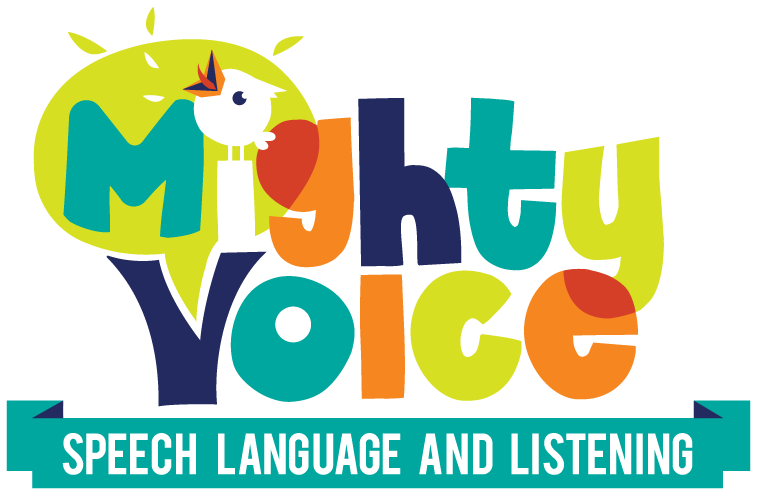This is one post in a series about self advocacy skills for children with hearing loss. If you haven’t already, I’d invite you to read Self Advocacy For Kids with Hearing Loss: Becoming a Successful Adult Starts Right Now. It explains why I feel so strongly about self advocacy skills for children of all ages.
The preschool age (3-5 years old) can be so much fun. Our children are (hopefully) past some of the tantrum-y ness of toddlers as they’ve learned to manage their feelings and impulses a little. As their independence is growing, so are their skills. What used to be a 30 minute “me do it” struggle to get dressed is now much shorter, and requires less assistance from you.
In terms of self advocacy skills, by the preschool years our kiddos with hearing loss are more aware of their hearing technology, and ready and usually eager to help with some of their own needs. If we’re intent on growing them into successful adults who can advocate for their own wants and needs, we have to start now.
Here are some ideas for ways to grow their self advocacy skills. Keep in mind that between 3-5 years our children experience an amazing leap in cognitive and developmental growth. If you have a 3 year old, don’t look at the list and feel discouraged. Instead, view this as a menu of self-advocacy skills. Your child might not be interested or ready for them all at once, but keeping them in mind can help you empower them when they are ready.
Understanding Hearing Loss
At this age, children can start understanding their own hearing loss, which makes it easier later on for them to understand what accommodations or changes they might need.
When we put their technology on, we can start to explain their hearing loss matter of factly, maybe saying something like “Your cochlear implants are your ears, they help you hear.” Slowly, we can teach them to explain. They can practice by explaining to their cousin or a preschool teacher that their device helps them hear.
As they gain confidence with the basic information, you can teach them to add a little detail, like “My hearing aid makes the sound louder” or “My cochlear implant sends the sound to my brain.”
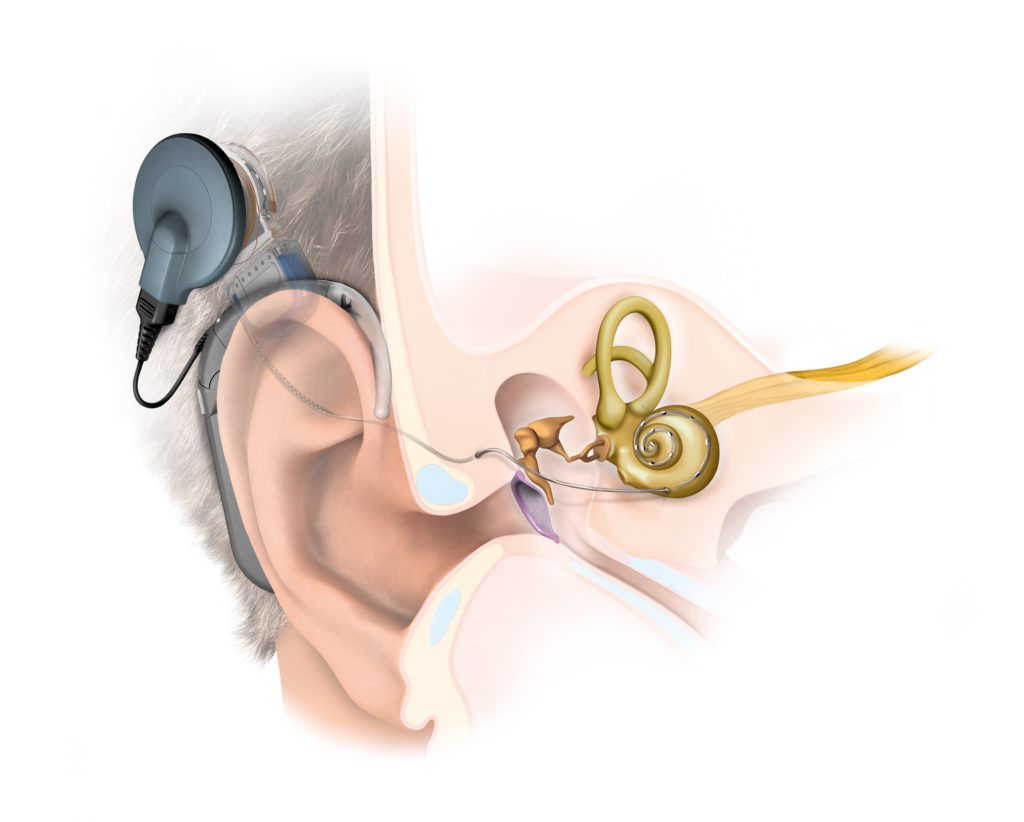
Understanding Their Technology
By this age, children are more aware of things around them, and are able to start naming and understanding some of the basics of their technology. When children understand the names of the parts of their hearing aid or cochlear implant, they are better able to tell adults when they are or aren’t working.
For a child with a hearing aid, you might start with just “ear mold” and “battery” and as they understand those, move on to “ear hook,” “tubing” or “abutment.” For children with cochlear implants, the simple terms might be “processor” and “head piece,” or “battery.” You may move on to things like “receivers” or “microphone.”
As your child understands what these parts are, you can start to teach them what they do in terms they can understand. You could say something like “Your battery makes your cochlear implant work,” or “your microphone catches the sound around you.” The more your child hears you model and explain what the parts are and how they function, they more they will be able to do that as well.
Being Responsible for Their Technology
Another area preschoolers can start to participate in is the use of accessories like remote microphones or streaming equipment. If they pair with a simple button push, have your child watch you pair them, and eventually coach them to push the button to pair the items. They can also participate by telling you whether or not something is paired. As they gain skill in this area, you can ask them to pair a device themselves.
Preschoolers can also be the ones to physically handle the equipment. When you head out to dance or taekwando, have your child hand the teacher or coach their microphone with a simple “Here you go” or “Here’s my microphone.” By having them do the hand-off now, you’re preparing them to be the ones to ask teachers to wear the microphone later on.
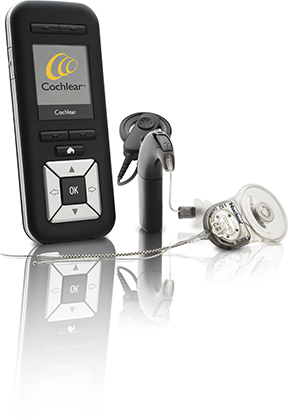
Ling 6 Sound Checks
If you’ve been doing Ling 6 sound checks consistently, these should be quick at this point. Your child should be able to participate in them, and now would be a good time to help them understand why we do them so that they can help others understand. A simple explanation like “Checking your ears helps us know if they’re working” is enough.
You can also ask your child to help you remember to do sound checks, whether you actually need the reminder or not. This helps them know when they might need to do a sound check, like when they’re putting their device back on after a nap, or when you’ve changed a battery. If your child is in the consistent routine of knowing it’s time to do a sound check and speaking up about it, they’re much more likely to be able to alert other adults in their lives (teachers, coaches, etc.) when they might need to check their equipment.
Noticing Their Environment
By preschool most kids are starting to notice the world around them more. They’re curious about new people and places. This is a great opportunity to help your child notice the listening environment around them.
You can start by just pointing out what you notice. When you’re at the pool or in the car, you might say “Hmm, it’s really noisy here. Is it hard for you to hear?” You can also use “wonder” statements to help guide them to notice their environment and make modifications if needed. If you’re at library story time or a friend’s house, you might say something like “Huh, I wonder if you could hear better if you sit closer.” If the TV is on in the background at home, you could say “The TV is making it hard for me to focus on what you’re saying, would it be easier to talk if we turned it off?”
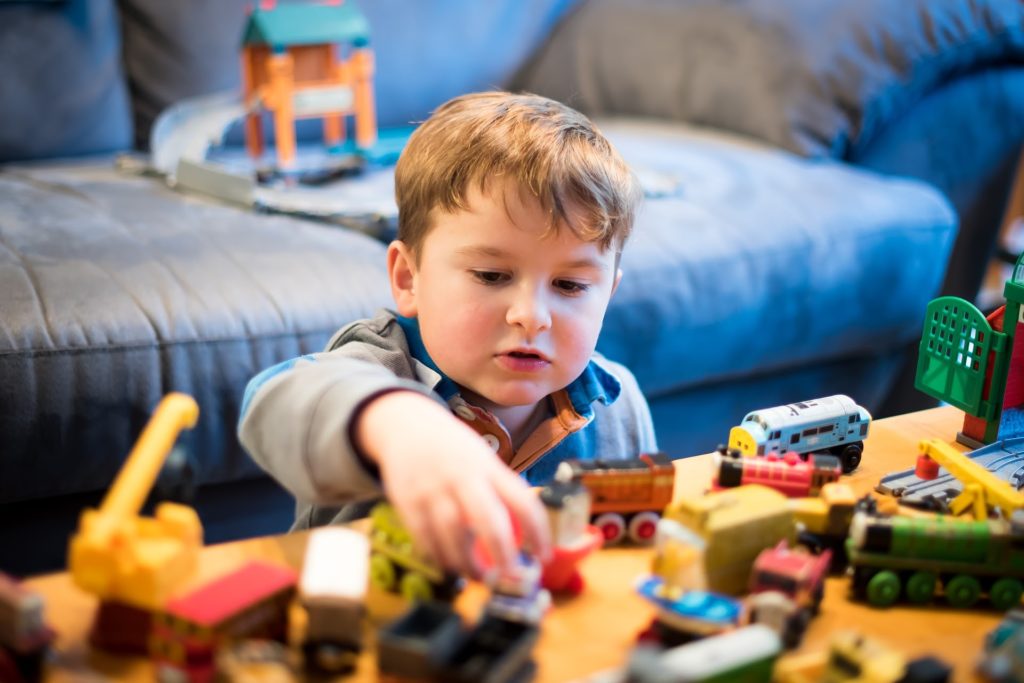
Finding Ways to Ask for Help or Clarification When Needed
By preschool age most kids are starting to ask when they need some help. Our goal for our kiddos with hearing loss is to get more specific. We want them to have a number of different ways to get help when they didn’t hear or something isn’t working.
For device issues, if we’ve already taught them the names of their device parts, we can start coaching them to use them when reporting problems. If your child is saying their ears aren’t working, encourage them to use the names of the parts, like “My battery is dead” or “My headpiece won’t stay on.” If their remote mic isn’t paired, teach them to tell you “My mic isn’t working.”
The same idea applies to listening–when they haven’t heard something, we want them to have a variety of ways to express that. They may start with “Huh?” or “What?” or even a puzzled look, but we can build on that. We can teach them to say something like “Can you say that again?” or “Can you come closer and tell me” or even “Can you say the last part?” When we help them be more specific, we’re preparing them to be able to ask for exactly what they need.
Building Self Confidence
When our children were toddlers, they had all the confidence in the world. As preschoolers, they’re now starting to think and notice others, which is great because it means they can be empathetic and compassionate to those around them. But, it also means other children are starting to notice them, and they need our help to build and grow their confidence.

As a parent, the first thing I always think about in terms of building confidence is this-Always be your child’s biggest cheerleader. Never let someone else be more proud of your child than you are, and tell your child you’re proud of them. Let them know you think they are a big deal.
Related to that, the preschool years are a great time to help your child develop a growth mindset (affiliate link). Having a growth mindset means that you help your child understand that their abilities aren’t fixed. They can learn and do new things, solve new problems, become better at something, etc. Their failures are not them, they’re just a step along the way.
We can start promoting this during the preschool years by praising their efforts. We can notice their hard work building a tower, or their kind actions when they gave little sister her doll. We can also help them take appropriate risks, and help them understand that failure doesn’t mean *they’re* a failure, just that whatever they tried to do didn’t work, so they’re going to have to figure out another way to do it.
One powerful word we can teach our preschoolers is “yet.” Maybe you can’t ride your bike on your own “yet,” but you will be able to with practice. Maybe you can’t make a cake on your own “yet,” but we can do it together. Maybe you can’t say your last name perfectly “yet,” but if you practice it will come.
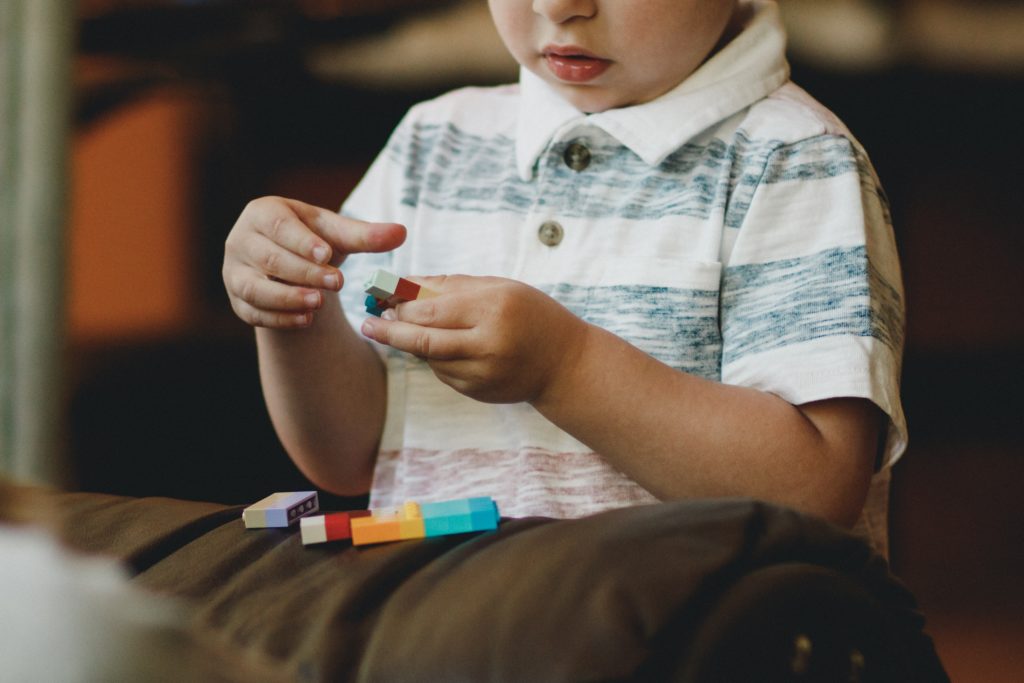
If you’re a teacher or a therapist, this is also a great time to start teaching self advocacy skills at school, and start tracking a child’s progress on their self advocacy skills. By keeping a record of where they are and what they’re learning you can not only show families and school staff their growth, but also children themselves.
Teaching preschoolers self advocacy skills won’t happen overnight. But with consistent effort at home and at school, our kiddos will make progress and start to take ownership of their skills and efforts.
